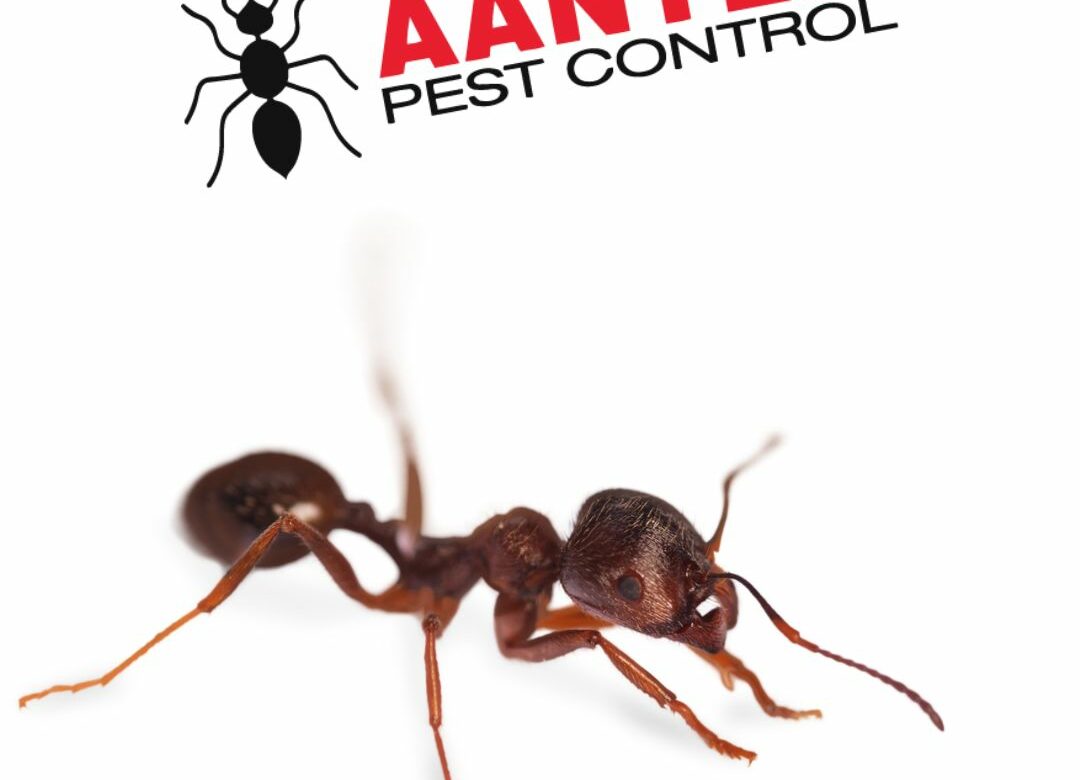How Ants Get into Your Home
Ants are attracted to food and water sources and can enter your home through even the tiniest of cracks or gaps. They can also come inside on clothing, shoes, or other items. Common entry points for ants include gaps around doors and windows, cracks in the foundation or walls, and through electrical or plumbing entry points.
Signs of an Ant Infestation
Visible Ants
The most obvious sign of an ant infestation is seeing live ants crawling around your home. If you see one ant, chances are there are many more hiding nearby.
Ant Trails
Ants leave behind pheromone trails as they move around, which can look like a line of ants marching in a straight path. These trails can lead you to the source of the ant problem.
Sawdust
Carpenter ants, in particular, leave behind sawdust-like debris as they burrow into wood to create their nests.
Holes in Wood
Carpenter ants also create small holes in wood as they excavate their nests. These holes can weaken the structure of your home over time.
Rustling Sounds
If you listen closely, you may be able to hear the rustling sounds of ants moving around in your walls or floors.
Musty Odor
Some ant species, like pharaoh ants, give off a musty odor when they are disturbed or crushed.
Damaged Electrical Wires
Carpenter ants can damage electrical wires, which can cause short circuits or even fires.
Identifying Ant Species
Pavement Ants
Pavement ants are small brown or black ants that are commonly found in cracks in pavement or concrete. They are attracted to sweet and greasy foods.
Carpenter Ants
Carpenter ants are larger than most ant species and are black or reddish-brown. They burrow into wood to create their nests and are attracted to sweet and protein-rich foods.
Odorous House Ants
Odorous house ants are small and brown-black in color. They emit a strong, unpleasant odor when crushed and are attracted to sweet foods.
Pharaoh Ants
Pharaoh ants are tiny and yellowish in color. They are attracted to sweet and greasy foods and are known for being difficult to control due to their ability to relocate their nests quickly.
Getting Rid of Ants
Prevention Tips
The best way to deal with an ant problem is to prevent it from happening in the first place. Keep your home clean and tidy, store food in airtight containers, and seal any cracks or gaps around doors and windows.
DIY Ant Treatments
There are many DIY ant treatments that can be effective in getting rid of ants, such as using ant baits or sprays. However, it’s important to use these products safely and follow the instructions carefully.
Professional Ant Control
If you have a severe ant infestation or have tried DIY treatments without success, it may be time to call in a professional ant control service. They can assess the situation and use specialized treatments to eliminate the ants.
Ants can be a pesky and even dangerous problem in your home, but with the right knowledge and action, you can identify and deal with an ant infestation effectively. Keep your home clean and take action as soon as you notice any signs of an ant problem.
FAQs
What Are Some Common Ant Baits?
Ant baits are a popular and effective way to get rid of ants. Some common types of ant baits include sugar-based baits and protein-based baits.
Can Ants Damage Your Property?
Yes, certain ant species like carpenter ants can cause damage to wood structures over time. They can create small holes in wood and weaken its structure.
What Should I Do if I Find Ants in My Kitchen?
If you find ants in your kitchen, it’s important to clean up any food sources and store food in airtight containers. You can also use ant baits or sprays to eliminate the ants.
Why Do Ants Suddenly Appear?
Ants are attracted to food and water sources and can suddenly appear when they find a new source of either. They can also come inside on clothing or other items.
Can Ants Bite Humans?
Yes, some ant species can bite humans, such as fire ants. Their bites can be painful and even cause an allergic reaction in some people.

